Photographs: Nikon.com Reviews42.com
The Nikon D5300 is arguably the best mid-to-high range camera you can find. Ten things that make it worth owning!
Nikon has created a reputation for being one of the best camera and lens manufacturers in the world. The Nikon D5300 is an evolution of its key line-up and while it may seem subtle at first, the camera offers a ton of great features and improvements over the D5200.
For Rs 48,700, which includes the main body and AF-S 18-55mm lens, and Rs 66,067 (main body and AF-S 18-140 mm lens), it's arguably the best mid-to-high range camera you can find.
What makes it worth owning though?
How does it fare in the shot-taking department and just how much of an improvement is it over the D5200?
Find out ten of the top features that make the Nikon D5300 worth owning.
1. Revamped Nikon Expeed Processor
Image: Revamped Nikon Expeed ProcessorPhotographs: Nikon.com
The image-processing engine in the Nikon D5300 has been significantly improved over the previous iteration.
The Nikon Expeed 4 engine allows for full HD video recording at 60 frames per second, increased battery life, an increase in image quality overall and faster shot speeds.
It also means that you can retain image quality with less noise at higher ISO settings, such as ISO 3200.
Reader Invite
Are you a gadget/gaming wizard/afficianado? Would you like to write on gadgets, gaming, the Internet, software technologies, OSs and the works for us? Send us a sample of your writing to gadgetsandgaming@rediffmail.com with the subject as 'I'm a tech wizard/afficianado' and we will get in touch with you.
2. No Optical Low-Pass Filter
Image: No Optical Low-Pass FilterPhotographs: Nikon.com
An optical low-pass filter functions as an anti-aliasing filter. These allow for less jagged edges in images but at times, the algorithm at play means some aliasing slips through.
By removing the OLPF, the D5300 captures sharper images even when you increase the ISO sensitivity.
Noise levels may increase when capturing shots in the nighttime but they'll have sharp edges all throughout.
In daytime shots, the benefits of the OLPF's absence can be fully seen as edging on minute details can be discerned without artifacting of any kind.
3. Wi-Fi and GPS
Image: Wi-Fi and GPSPhotographs: Nikon.com
The Wi-Fi aspect of the camera allows you to connect to an Apple or Android device and share photos.
When accessing it with your smartphone, you can view photos, save images to your smartphone, and even adjust the touch focus while capturing images.
You will need to enable it via the menus though as there's no direct button to enable Wi-Fi.
Geo-tagging is also available thanks to the addition of GPS.
4. HDR Painting and Active D-Lighting
Image: HDR Painting and Active D-LightingPhotographs: Nikon.com
HDR painting is essentially an effect that takes high dynamic range imaging to another level.
While normal HDR is used to create a stronger luminosity range, thus brightening images while making colours pop all the more, the HDR painting in the Nikon D5300 exaggerates this for artistic purposes.
Images look like they've been literally painted out and while the effect may be a bit odd for darker surfaces, it's very vibrant when capturing greenery and other nature shots.
Active D-Lighting is another purely cosmetic mode that captures shots in an interesting high contrast mode, leading to images where the brighter parts are constrained in their exposure.
5. 18-140mm f/3.5-5.6 lens kit
Image: 18-140mm f/3.5-5.6 lens kitPhotographs: Nikon.com
While the cost is significantly higher than the AFS 18-55mm lens model, the 18-140mm f/3.5-5.6 lens allows for a greater degree of freedom in the shots you want to take.
It tends to lead to slower auto-focus but the shot taking speeds are still incredibly fast for most uses.
When stabilised, the lens kit delivers excellent shots with amazing clarity, even in dimly lit settings.
6. Improved Auto Focus
Image: Improved Auto FocusPhotographs: Nikon.com
The auto focus in the Nikon D5300 is considered slower than the most top-grade cameras out there.
It also tends to suffer in low light settings depending on the lens you employ and whether LiveView is enabled.
Nevertheless, the 39-point, phase detection auto focus leads to quick focusing in daytime shots and reasonably good speeds even in less light.
Contrast detection auto focus is slightly tougher when framing images due to the slower LiveView, but it's not the greatest detriment to taking good pictures.
7. Better Optical Image Stabilisation
Image: Better Optical Image StabilisationPhotographs: Nikon.com
The 18-140mm lens may lend to better shots when stabilised but it only tells half the story.
Even as you take handheld shots with a stock lens, the Nikon D5300 delivers some amazingly stabilised shots.
The optical image stabilisation, combined with the quick auto focus and shutter speed, is good for moving shots -- even in scenarios where you'd normally end up with shaky imagery.
So if you've been seeking a camera which is good for capturing objects moving at reasonable speeds, such as during family outings, the D5300 works well on its own.
8. Full HD Resolution LCD
Image: Full HD Resolution LCDPhotographs: Nikon.com
The viewfinder has been significantly upgraded this time around but it's the LCD display which will catch your attention.
It measures 3.2 inches and has a 1920x1080 resolution.
It also features a 170-degree viewing angle that can be articulated to better frame your shot.
LiveView feels a bit slow this time around but you'll still see fluid 60 FPS images thanks to the display.
9. 24.1 Megapixel Sensor
Image: 24.1 Megapixel SensorPhotographs: Nikon.com
This is elementary, but Nikon has ensured that the CMOS sensor powering the D5300 is a powerful one.
It boasts of a 24.1-megapixel resolution with a 23.5 x 15.6 mm sensor size.
This is capable of capturing images at a maximum resolution of 6000x4000 (with a minimum resolution of 2992x2000).
Images can be captured in RAW format, either in 12-bit or 14-bit compressed JPEGs or a hybrid NEF+JPEG format.
As noted earlier, performance is exceptionally good especially when it comes to shutter speed, auto focus and low light shots.
10. 1080p video recording at 60 FPS
Image: 1080p video recording at 60 FPSPhotographs: Nikon.com
One of the greater benefits of the Nikon Expeed 4 processor is that it now allows for 1080p video at 60 FPS.
There are settings for 50 FPS as well along with the ability to customise the speeds to achieve 25/30 FPS.
Low-light settings are the real test for the video recording but it fares extremely well, revealing a number of details with low noise levels at ISO 1600.
Daytime recording, even in cloudy weather, looks incredibly sharp thanks to the absence of the OLPF.
As noted earlier, there's no artifacting and the auto focus is fast and fluid throughout.
Reader Invite
Are you a gadget/gaming wizard/afficianado? Would you like to write on gadgets, gaming, the Internet, software technologies, OSs and the works for us? Send us a sample of your writing to gadgetsandgaming@rediffmail.com with the subject as 'I'm a tech wizard/afficianado' and we will get in touch with you.

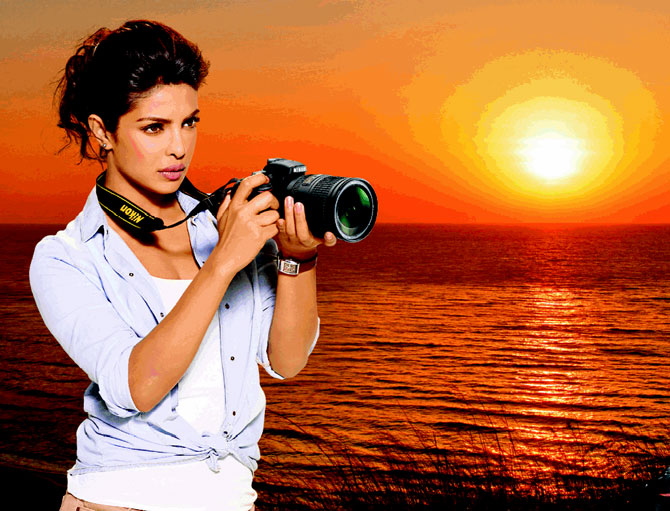

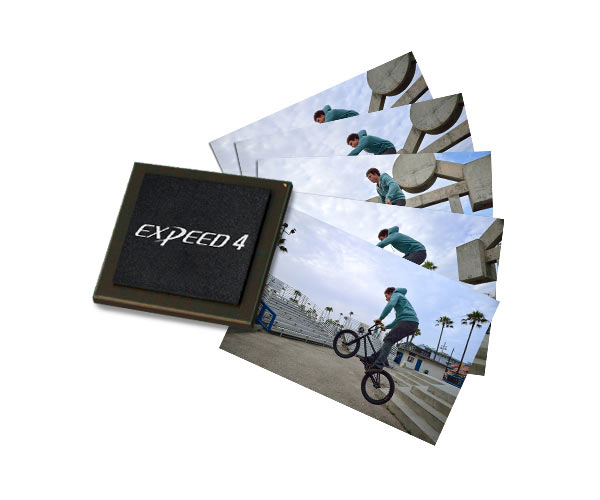




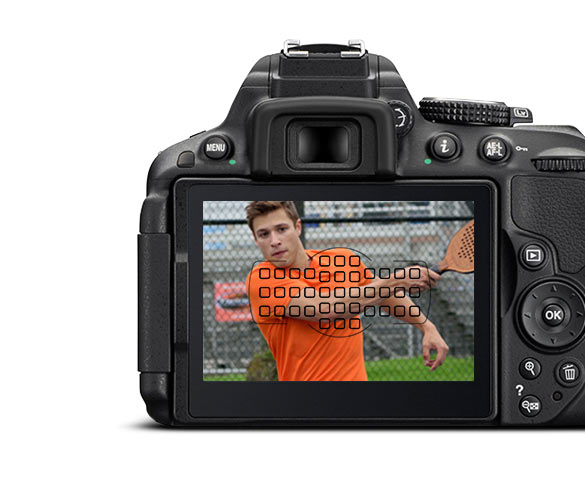
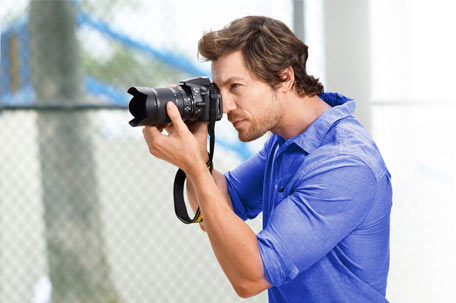
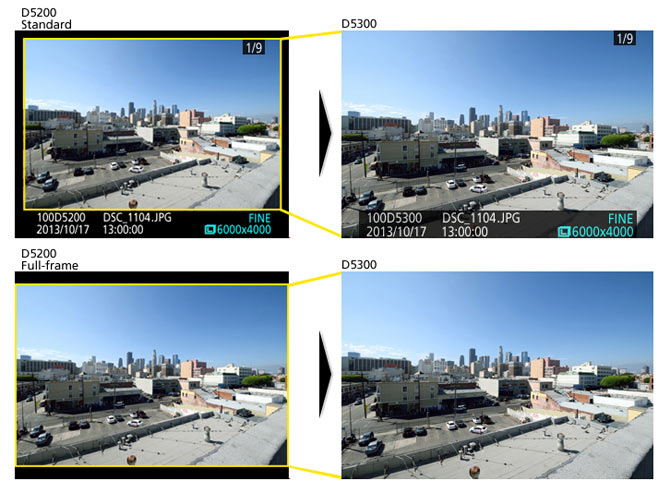

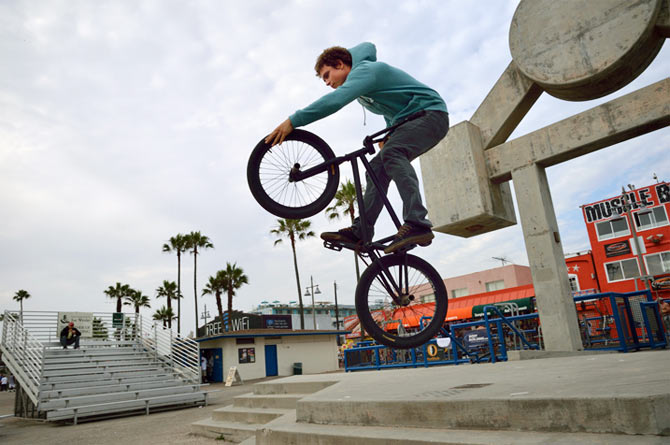
Comment
article